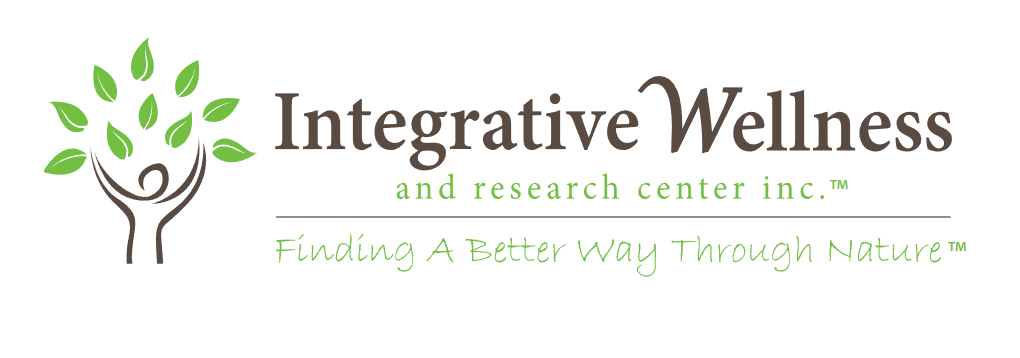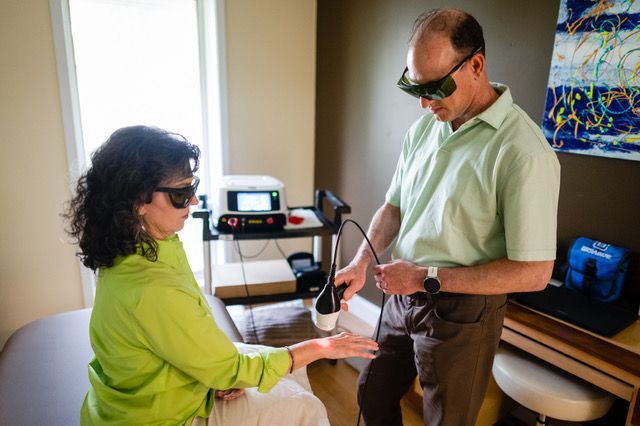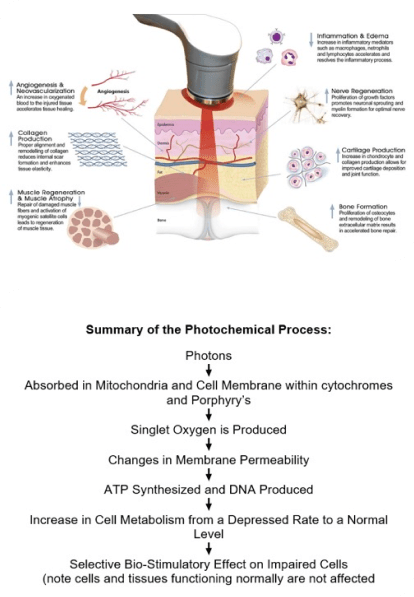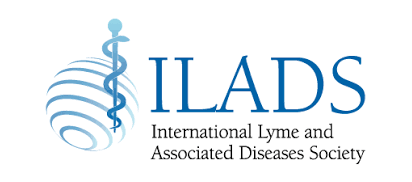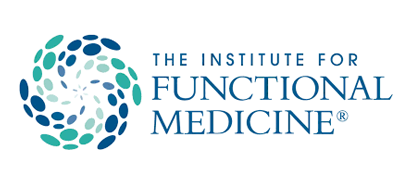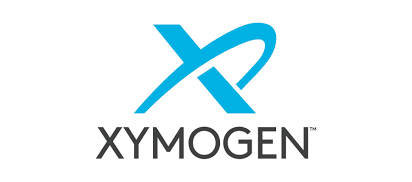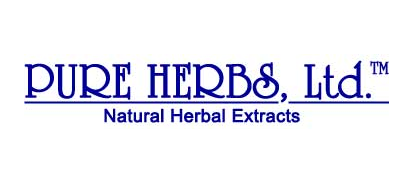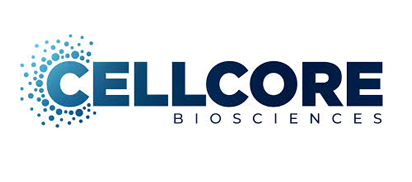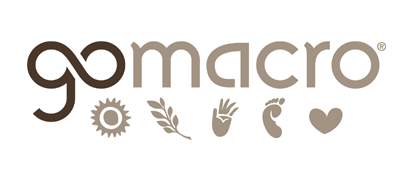🌟 New VIP Wellness Packages Are Here! 🌟
Take your health to the next level with our exclusive VIP offerings, available now through 2026:
• Wellness Supplement Saver
• Wellness Starter
• Integrative Cardiovascular Plan
• Cancer Recovery/Detox Wellness Plans
• Wellness Intensive
• Joint Rebuild Wellness Packages with Peptides
Your personalized path to optimal wellness starts today!
Laser Class IV Therapy Services
Memphis, TN
Doctor of Naturopathy and Master Herbalist
Functional Medicine and RGCC-Accredited
Virtual Consultations via Zoom
Hours:
Request Consultation
Hero Request Form
Thank you for contacting us.
We will get back to you as soon as possible.
Please try again later.
Advanced Laser Class IV Therapy for Holistic Healing
At Integrative Wellness & Research Center, Inc, we're proud to offer cutting-edge laser class IV therapy to our patients. This innovative treatment is part of our comprehensive approach to holistic and functional medicine, and can be a game-changer for many health conditions. Here are some signs that you might benefit from this advanced treatment:
- Persistent joint or muscle pain
- Slow-healing wounds or injuries
- Chronic inflammation
- Nerve-related discomfort
- Limited range of motion
- Recurring headaches or migraines
- Sports-related injuries
- Arthritis symptoms
If you're experiencing any of these issues, it's time to consider laser class IV therapy.
Contact our center today to discuss how we can tailor this treatment to your specific needs.
Lasers for Deep Tissue Therapy
Laser Therapy is utilized to relieve pain, promote healing, and reduce inflammation. When the light source is applied to the skin, photons penetrate several centimeters and are absorbed by the mitochondria, the energy-producing components of cells. This energy stimulates positive physiological responses, restoring normal cell structure and function. Laser Therapy has been successfully employed to treat a wide range of medical conditions, including musculoskeletal issues, arthritis, sports injuries, post-surgical wounds, diabetic ulcers, and dermatological conditions.
The main objective of laser therapy is to encourage cells to perform their natural functions at an enhanced rate. By targeting hemoglobin and cytochrome c oxidase, the high-power diode laser can improve cellular respiration and overall performance. Unlike “cold lasers” which produce no sensation, high-power diode laser therapy provides a warm and soothing feeling.
LED Light Therapy
In contrast to many pharmacological treatments that mask symptoms or only address surface issues, Laser Therapy targets the underlying condition or pathology to facilitate healing. Consequently, the benefits of Laser Therapy tend to be long-lasting and effective.
Conditions That May Benefit from Laser Therapy
Inflammatory Conditions
Laser Therapy can be effective for various inflammatory conditions such as bursitis, carpal tunnel syndrome, edema, effusion, epicondylitis, inflammation, muscle spasms, myofasciitis, plantar fasciitis, rheumatoid arthritis, and primary pain diagnoses. It may also be used for related conditions including cervical or neck pain, fasciitis, fibromyalgia, low back pain, and joint-related issues.
Connective Tissue Injuries and Disorders
This therapy can respond well to edema, effusion, inflammation, muscle spasms, myofasciitis, primary pain, radicular pain, restricted range of motion, sprains, strains, tendon ruptures, and tendonitis.
Muscle Injuries and Disorders
Laser Therapy may assist with edema, inflammation, muscle bruises, contusions, contractures, ruptures, spasms, myofasciitis, myositis, and stiffness.
Joint Injuries and Disorders
It is useful for dislocations, joint edema, effusion, inflammation, ligament injuries, osteoarthritis, joint pain, and stiffness.
Neurological Injuries and Disorders
Laser Therapy can aid in recovery from crush injuries, neurological inflammation, decreased range of motion, effusion, muscle spasms, myofasciitis, neuritis, paresthesia, prolapsed disks, radicular pain, and ruptured disks.
Skin Injuries and Conditions
Burns, edema, inflammation, skin grafts, ulcers, surgical incisions, and other skin conditions may also respond positively to Laser Therapy.
Biological Effects of Laser Therapy
Anti-Inflammation
Laser Therapy reduces swelling by causing vasodilation and activating the lymphatic system, which drains swollen areas, decreasing bruising and inflammation.
Pain Relief
Laser therapy benefits nerve cells by blocking pain signals to the brain and reducing nerve sensitivity. Additionally, it promotes the production of pain-killing chemicals such as endorphins and enkephalins.
Accelerated Tissue Repair and Cell Growth
Laser light penetrates deeply into tissues, accelerating cellular reproduction and growth. It boosts cellular energy, aiding in faster nutrient uptake and waste elimination.
Increased Metabolic Activity
Laser Therapy enhances enzyme activity, increases oxygen supply, and improves nutrient delivery to blood cells.
Trigger Points and Acupuncture Points
Laser Therapy can stimulate muscle trigger points and acupuncture points non-invasively, providing musculoskeletal pain relief.
How Laser Therapy Works
Photochemical Action
Research shows that laser irradiation causes enzymes within cells to absorb light energy. Visible red and near-infrared light are absorbed by mitochondria and cell membranes, increasing ATP production and DNA synthesis, which enhances cellular health and energy. This process reduces pain and inflammation and stimulates nerve regeneration, muscle relaxation, and immune responses. Normal tissues are unaffected because photons are only absorbed by cells needing repair.
Role of Chromophores
Chromophores are cellular components that absorb light. Their stimulation of mitochondrial membranes increases ATP production, leading to higher cellular energy levels, pain relief, and faster healing.
Biological Effects of Laser Therapy
Anti-Inflammation
Laser therapy causes vasodilation and stimulates lymphatic drainage, reducing swelling caused by bruising or inflammation.
Pain Relief
By affecting nerve cells and decreasing inflammation, laser therapy diminishes pain. It also promotes the release of endorphins and enkephalins, natural painkillers.
Tissue Repair and Cell Growth
Laser light accelerates the development of fibroblasts, essential for collagen production, which is crucial for wound healing and tissue repair.
Improved Vascular Activity
Laser therapy promotes new capillary formation, speeds up healing, and reduces scar tissue through angiogenesis and vasodilation.
Increased Metabolic Activity
Higher enzyme activity, oxygen, and nutrient levels support tissue repair and healing.
Nerve Function Improvement
Laser therapy speeds nerve reconnection, reducing numbness and restoring muscle function.
Immunoregulation
Laser light stimulates immune components such as immunoglobulins and lymphocytes, enhancing overall immune response.
Faster Wound Healing
Laser stimulates fibroblasts, promoting collagen production vital for tissue repair, benefiting open wounds and burns.
The Significance of Laser Class IV Therapy
Laser Class IV therapy is a vital part of our holistic approach at the Integrative Wellness & Research Center. It offers non-invasive pain management, accelerates tissue repair, improves circulation, enhances immune response, reduces inflammation, increases range of motion, and speeds recovery from injuries. It also complements other holistic treatments.
The Integrative Wellness & Research Center Advantage
When you choose Integrative Wellness & Research Center for laser class IV therapy, you're opting for excellence in holistic care. Our unique benefits include:
- Guidance from a Doctor of Naturopathy and Master Herbalist
- 30+ years of clinical expertise
- RGCC-accredited facility
- Flexible virtual consultations via Zoom
- Quick appointment scheduling, often within 2 weeks
- On-site medical shop with price matching for supplements
- Family and locally owned center
Experience the difference of our patient-centered approach. Contact us to discover how we can support your health goals with laser class IV therapy.
Start Your Healing Journey Today
Your path to optimal health begins with Integrative Wellness & Research Center. Our laser class IV therapy, combined with our holistic approach and extensive experience, offers a powerful solution for various health concerns. We're committed to providing personalized care that addresses your unique needs. Don't let pain or chronic conditions hold you back any longer. Reach out to our dedicated team and take the first step towards a healthier, more vibrant you.
- Bullet text
- Bullet text
- Bullet text
- Bullet text
- Bullet text
- Bullet text
- Bullet text
- Bullet text
- Bullet text
- Bullet text
Title or Question
Describe the item or answer the question so that site visitors who are interested get more information. You can emphasize this text with bullets, italics or bold, and add links.Title or Question
Describe the item or answer the question so that site visitors who are interested get more information. You can emphasize this text with bullets, italics or bold, and add links.Title or Question
Describe the item or answer the question so that site visitors who are interested get more information. You can emphasize this text with bullets, italics or bold, and add links.
We price match or beat competitors by up to 5% on supplements sold in our shop.
Not valid with any other offers or promotions. Restrictions apply.
Must mention this coupon at the time of scheduling.
Visit Us
Reviews
Virtual Consultations Available
Get expert holistic care planning from the comfort of your home. Our Zoom consultations make wellness accessible and convenient.
Request your consultation today!
Request Consultation
